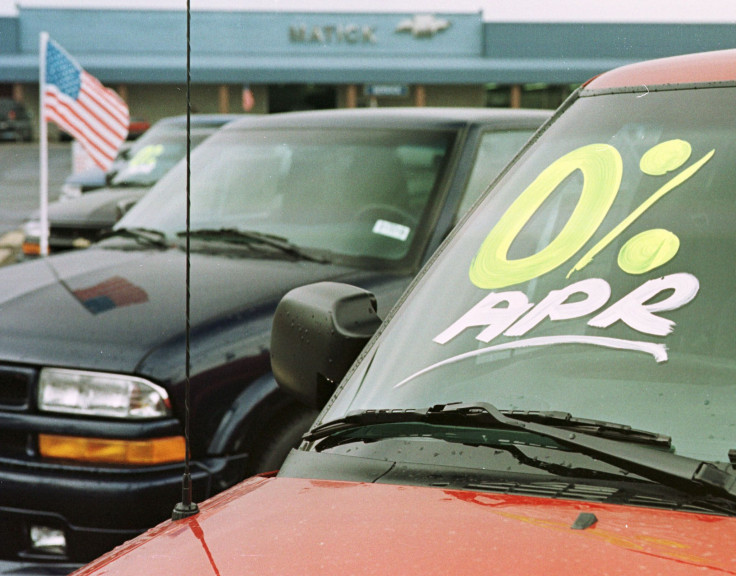Americans Borrowing Less For Homes, More For Cars And College

Americans racked up less overall debt from April to June, after three consecutive quarters of debt increase. However, they continued to borrow more in credit card debt, student loans and particularly car loans, the Federal Reserve said Thursday.
Auto loans have increased for 13 straight quarters, with new loans reaching the highest volume since 2006, especially for those with low credit scores, who may not be able to pay banks back. According to the Fed, the dollar value of loans borrowed by people with credit scores below 660 (called subprime loans) has about doubled since 2009, while loans for higher credit-score groups have increased by only half.
The latest data confirms a trend similar to the subprime mortgage market in 2008 that triggered the financial crisis, though the impact of defaulted car loans would be far less. Subprime loans carry high interest rates that benefit investors but are often unknown or misunderstood by borrowers who may have glossed over the fine print. Auto finance companies and banks and credit unions have been lending to car consumers roughly equally, the Fed said. The Justice Department started probing lenders' underwriting criteria of subprime auto loans earlier this summer.
"Though many politicians talk as if public debt were the nation's principal economic challenge, the real vulnerability is high levels of private debt, which both fuels bubbles and lengthens subsequent busts," said Robert Hockett, law professor at Cornell University. "We saw this with mortgage debt in the years immediately before and after 2008, and we're seeing it with student and auto loan debt now."
Paul Ashworth, chief U.S. economist for Capital Economics, wrote in a research note Thursday that the rise in auto loans is not another bubble. Despite the recent growth of auto loans, the loans outstanding only account for 7 percent of disposable income, and student loans outstanding account for less than 9 percent, both well below pre-recession levels, he said.
Outstanding student loan balances reported on credit cards over the quarter increased to $1.12 trillion as of June 30, a $124 billion increase from a year ago, the report found. About 11 percent of student loan debt is 90 days behind payment or in default, compared to 3 percent of auto loans. Balances on credit cards increased another $10 billion in the quarter, up 1 percent from the first quarter and reflecting a gradual but steady increase over recent years.
Housing debt, on the other hand, has fallen to $286 billion, the lowest level since 2000, the Fed said. Foreclosures have steadily declined since 2009.
© Copyright IBTimes 2024. All rights reserved.




















